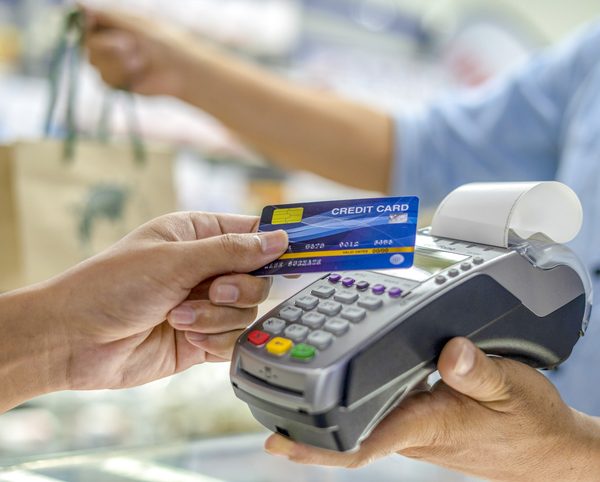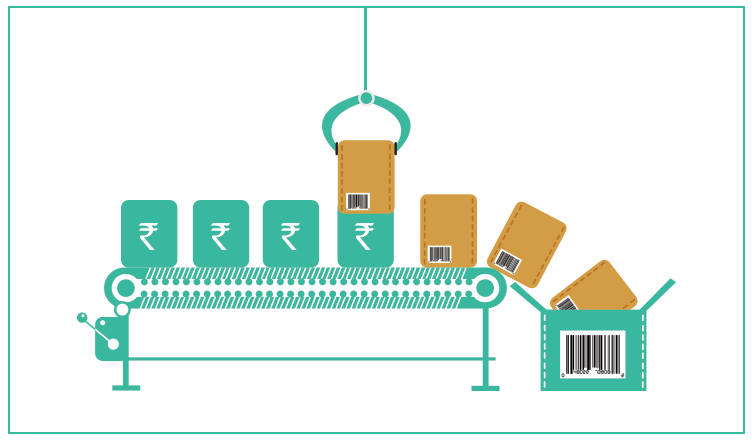Digital payments have grown multifold in the last few years in India. From small vendors to big corporations and the general public, online transactions are used every day for a multitude of reasons. While there is growing awareness about digital payment modes, there is still a need for greater awareness regarding fraud related to them. According to the Reserve Bank of India (RBI), just in the second half of 2022, over 2330 cases of fraud with losses of Rs. 87 crores were reported.
As the digital payment ecosystem evolves, there are various types of payment fraud coming up. Knowing about them and how to tackle situations where you are targeted by one can help you enjoy the benefits of digital payment without falling prey to financial risks.
RBI, in partnership with other stakeholders in the digital payments space, has been making efforts to inform more people about payment and other forms of financial fraud.
Types of payment fraud
Fraudsters can come up with innovative ways to steal your financial information and money. This article talks about some of the most common types of payment fraud that you can learn about to keep your identity and money safer.
1. Phishing
Phishing schemes involve fraudsters posing as renowned companies to trick people into sharing their personal or banking details. They could use the company’s brand name, logo, or other identity markers.
You may get emails or text messages that usually contain a link to a malicious website where you are asked to enter your financial information. This information is then used to make fraudulent purchases or access bank accounts.
Look out for emails or messages with poor grammar, misspellings, or other suspicious elements. Also, never click on a link in an email or message unless you are certain it is from a trusted source.
2. Scams involving third-party websites and triangulation
This involves using a third-party website to purchase goods or services with stolen credit card information. The fraudster will typically use a stolen credit card to purchase on the third-party website and then use the goods or services to make additional purchases on other websites. This is known as triangulation.
To protect yourself from this type of fraud, only use trusted websites and always check the website’s security measures. Also, avoid giving your credit card information to third-party websites if you are unsure of their legitimacy.
Read more – Learn How AI And Machine Learning help in Payment Fraud Detection
3. ATM skimming
When fraudsters attach a device to an ATM they can skim your card details. The device is designed to look like a legitimate part of the ATM. The fraudster can then use this information to make fraudulent purchases or withdraw money from your bank account.
To protect yourself from ATM skimming:
- always be aware of your surroundings when using an ATM
- look for any suspicious devices that may have been attached to the machine
- never use an ATM if you suspect it has been tampered with
- use ATMs of known banks
- use your hand to cover the keypad when entering your PIN
4. Point-of-sale device (PoS) scams
PoS devices are widely used in stores to accept credit and debit card payments. Unfortunately, these devices can be manipulated by fraudsters to steal card information. The fraudster may attach a device to the PoS system that reads the card information as it is swiped. Alternatively, they may use a fake PoS terminal to collect card information.
If you notice any suspicious-looking devices attached to a PoS system, do not use them. Always ask for a receipt for transactions made via PoS devices. Additionally, check transaction SMSes and your bank account and credit card statements for any suspicious activity.
5. Vishing
Vishing involves using voice calls or text messages to obtain financial information. The fraudster will usually pose as a representative of a legitimate company or financial institution and ask for confidential information, such as credit card numbers or bank account details.
The best way to protect yourself from vishing is to never give out your financial information over the phone or via text message. If you receive a call or message from a suspicious source, hang up or delete the message immediately. Be sure to check with the company or financial institution that supposedly contacted you to verify the legitimacy of the call or message.
6. Wire transfer scams
In this type of payment fraud, the fraudster will usually pose as a trustworthy company or individual and request money for goods or services that do not exist. They may also request a wire transfer as payment for a legitimate purchase and then disappear with the money.
To protect yourself from wire transfer scams, be sure to verify the legitimacy of any company or individual you are dealing with before sending any money. Also, be wary of anyone who asks for payment via wire transfer, as this is often a sign of a scam.
7. Pagejacking
Pagejacking is a type of payment fraud that involves creating fake websites that look like legitimate ones. The fraudster will copy the design of the legitimate website and use it to collect sensitive information from unsuspecting victims. They can also hijack some pages of a legitimate website.
Check for any suspicious elements, such as misspellings or poor grammar that may indicate the website is fake. Additionally, avoid entering sensitive information on a website unless you are certain it is legitimate.
8. Scams through QR codes
QR codes are becoming an increasingly popular payment mode. Unfortunately, they can also be used to scam unsuspecting victims. Fraudsters can create fake QR codes that look legitimate and use them to collect payment information.
Remember, you don’t need to enter your UPI PIN and password or scan a QR code to receive money. If somebody asks you to do that, immediately refuse. When sending money, always check the source of the QR code before scanning it. Additionally, scan the code using a secure app designed to detect fake QR codes.
9. Lottery fraud
Lottery fraud is a type of payment fraud that involves using fake lottery tickets to collect payments from unsuspecting victims. The fraudster will usually use a fake or stolen lottery ticket to make a purchase and then use the money to fund their activities.
If a lottery ticket appears fake or has been tampered with, do not purchase it. Additionally, never respond to emails or messages offering lottery tickets, as these are often scams.
10. Online job fraud
Scammers can pose as employers to collect money from unsuspecting victims. The fraudster usually advertises jobs online and requests payment for training materials or application fees.
If a job advertisement appears too good to be true, it probably is. Additionally, never send money to an employer before verifying the legitimacy of the job.
Read more – How PayU Prevents Online Payment Frauds?
Awareness fights fraud
It is good practice to regularly check your debit and credit card statements for fraudulent charges. If you spot one, immediately contact your bank. If such incidents are reported within a few days, most banks will reimburse your money and may be able to prevent it from happening again. Movies and series like Jamtara are eye-opening depictions of how financial frauds work. You can also check out RBI’s resources for the latest informational and awareness content to ensure you don’t lose your money to a fraudster.





